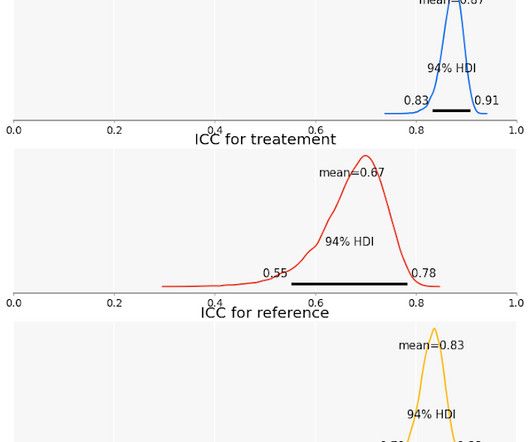What you need to know about product management for AI
O'Reilly on Data
MARCH 31, 2020
All you need to know for now is that machine learning uses statistical techniques to give computer systems the ability to “learn” by being trained on existing data. After training, the system can make predictions (or deliver other results) based on data it hasn’t seen before. Machine learning adds uncertainty.














Let's personalize your content